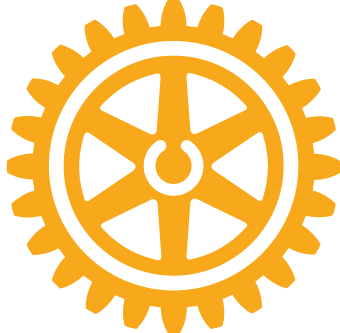Pagosa Springs Rotary Club at work in Senegal

Teaching by pointing: Pagosan and veteran teacher, Rita Jensen, communicates with students even when they do not speak a common language.

By David Smith
How to teach STEM classes to 200 sixth grade students in their ethnic language, Wolof? This was the challenge faced by a team of teachers participating in an education program in a rural village in Senegal, Africa. The Rotary Club of Pagosa Springs supports and manages this program.
The goal of this program is to increase participation of Senegalese students in science. Currently, approximately 20% of Senegalese youth pursue the science curriculum in high school, yet the Senegalese government has set a goal of 80% participation by the year 2025.
Although the national language of Senegal is French, most youth in this region speak Wolof at home and learn French at school. The Rotary Club team speaks French, but not Wolof.
This language problem was solved by recruiting 12 high school science students, who were trained to teach specific projects in biology, chemistry and physics by the Rotary team speaking French. Each member of the Rotary team had three high school teaching assistants who taught small groups of 6th grade students in Wolof.
One biology class, developed by Linda Carlson, focused on plant growth and observations of plants using hand lenses. Students in the other biology class, developed by Rita Jensen, learned how to use microscopes to explore plant and animal cells. In the chemistry class, Jean Smith showed how to power an LED light from a battery they built using copper and zinc electrodes and oranges. The physics class, developed by David Smith, focused on the properties of permanent magnets.
The 6th grade students showed great interest in their STEM classes. This was their first opportunity to see their own cheek cells in a microscope; their first experience playing with magnets; their first opportunity to explore the world around them using a hand lens. Their teachers said that this is a good step in fulfilling the national goal of increasing science class enrollment.
Providing the 12 high school students an opportunity to teach for a day had an unintended consequence. The Rotary team was impressed with the enthusiasm, skill and preparation of these student teachers. Several said that they liked teaching and will likely pursue careers teaching science.
Such aid projects are possible because many of the 1.2 million Rotarians in 200 clubs around the world give money to the Rotary Foundation. Funds from the Rotary Club of Pagosa Springs and the Cañon City Rotary Club are used to leverage funds from the Rotary Foundation to support several international aid projects. The non-profit, Friends of Guéoul (www.gueoul.org), has been an important contributor to this program.
 Pagosa Springs Rotary Club
Pagosa Springs Rotary Club